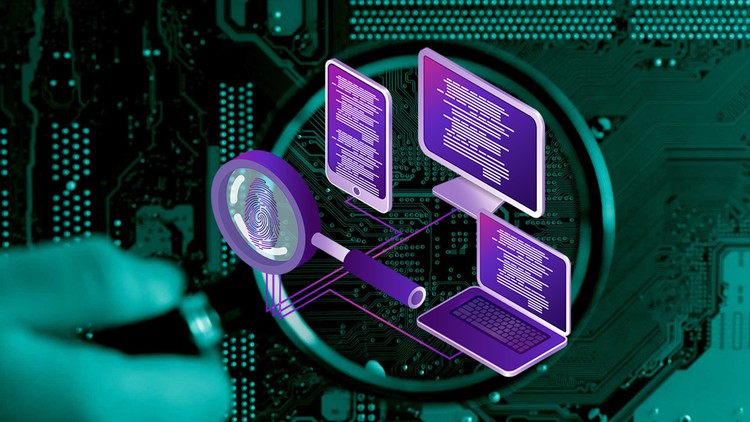
Learn digital forensics and start your own cases to analyze infected systems.
What you will learn
Digital Forensics
Usage of Linux Commands
Computer Forensics
Volatility Framework
Linux Training
Cyber Security Training
Mobile Forensics
Anti-Forensics
Windows Forensics
Windows Registry
and other awesome topics –>>
Description
What is computer forensics?
Computer forensics is the application of investigation and analysis techniques to gather and preserve evidence from a particular computing device in a way that is suitable for presentation in a court of law. The goal of computer forensics is to perform a structured investigation and maintain a documented chain of evidence to find out exactly what happened on a computing device and who was responsible for it. Computer forensics — which is sometimes referred to as computer forensic science essentially is data recovery with legal compliance guidelines to make the information admissible in legal proceedings. The terms digital forensics and cyber forensics are often used as synonyms for computer forensics. Digital forensics starts with the collection of information in a way that maintains its integrity. Investigators then analyze the data or system to determine if it was changed, how it was changed and who made the changes. The use of computer forensics isn’t always tied to a crime. The forensic process is also used as part of data recovery processes to gather data from a crashed server, failed drive, reformatted operating system (OS) or other situation where a system has unexpectedly stopped working.
Why is computer forensics important?
In the civil and criminal justice system, computer forensics helps ensure the integrity of digital evidence presented in court cases. As computers and other data-collecting devices are used more frequently in every aspect of life, digital evidence and the forensic process used to collect, preserve and investigate it — has become more important in solving crimes and other legal issues.
Content